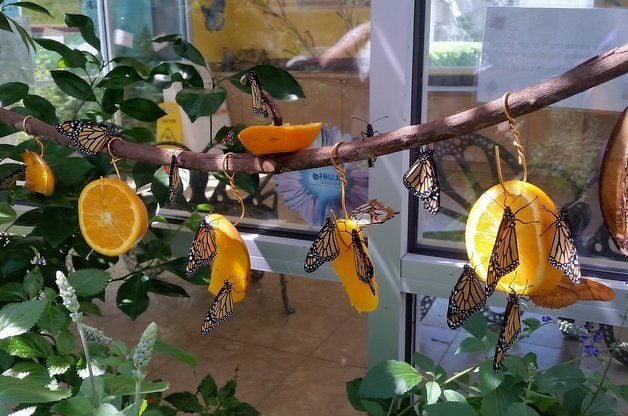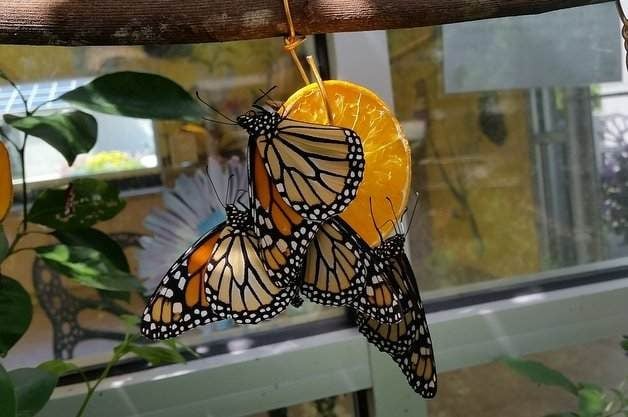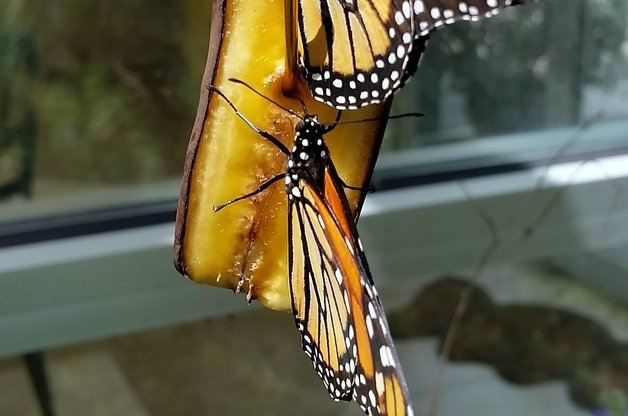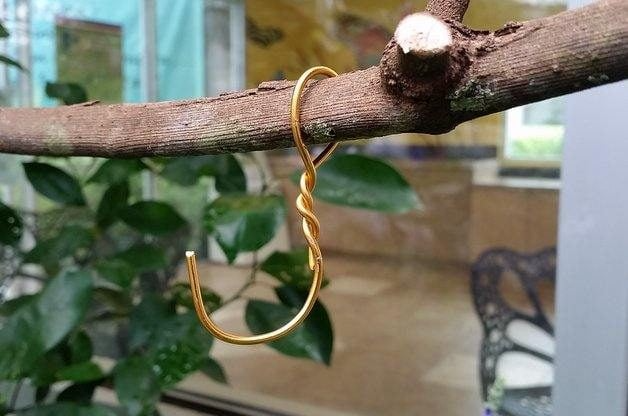Some butterflies prefer fruit over flowers, and some birds enjoy a sweet treat as well. Attract winged visitors to your garden with a DIY butterfly fruit feeder.

Make Your Own Easy Butterfly Fruit Feeder
Step 1: Prepare the Feeder
Choose a shallow dish that is easy for butterflies to access. A colorful dish can also help attract them.
Step 2: Prepare the Fruit

Cut the fruit into slices or mash it slightly to expose more surface area, making it easier for butterflies to feed on the juicy parts. Overripe fruit is particularly attractive because it is easier for butterflies to digest.
Ideal fruit choices include oranges, bananas (leave the peel on the back to keep them in place), mangoes, watermelon, and papaya. Don’t worry if the fruit is overripe or past its prime—that actually works best for attracting butterflies because it is easier for butterflies to digest.
Common butterflies that enjoy fruit include monarchs, red admirals, mourning cloaks, red-spotted purples, painted ladies, question marks, and commas.
Step 3: Enhance with a Sugar Solution (Optional)

Create a simple sugar solution by mixing water with a small amount of sugar. This mimics nectar and can be especially appealing to butterflies.
Soak a sponge or cotton balls in the sugar solution and place it in the dish to keep the feeder attractive and moist.
Step 4: Set Up the Feeder

Place the feeder in a sunny, sheltered location near other butterfly-attracting elements like flowering plants or a water source. If preferred, hang the feeder by attaching a string or wire to the dish and suspending it from a tree branch or a hook. Ensure it is stable so it doesn’t swing or spill.
Step 5: Maintain the Feeder
Change the fruit regularly to prevent it from rotting and attracting unwanted pests. Clean the dish frequently to ensure it is safe and appealing to butterflies.
If you decide to try this project, consider removing the fruit at night to avoid attracting unwanted furry visitors like raccoons. Replace it with fresh fruit in the morning. If your area is home to fruit-eating birds like Baltimore orioles, cedar waxwings, or northern mockingbirds, they may take care of the fruit before nighttime arrives!
Source: Gardening tips; birdsandblooms.com
